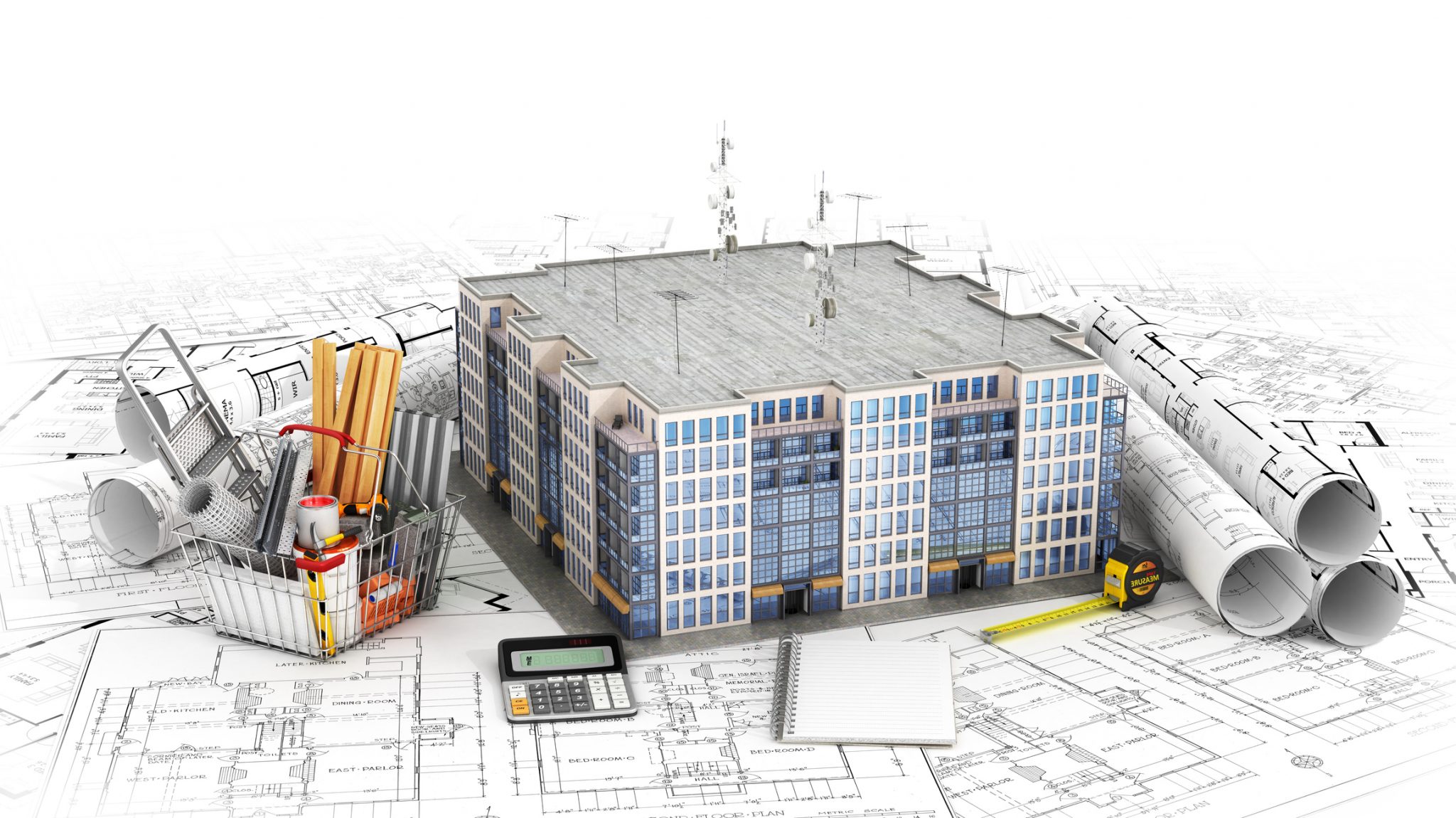
- The American Institute of Architects has announced that it will issue 13 new and updated documents for its Construction Manager as Constructor (CMc) and Construction Manager as Adviser (CMa) series. The updated CMc documents will be available Nov. 15, while the CMa series will be released in February 2020.
- Changes to the CMc documents, used when the contractor is involved in the preconstruction phase of a project in addition to building it, include: greater flexibility in sections dealing with preconstruction services; provisions addressing work that takes place before a guaranteed maximum price (GMP) is formalized; new insurance and bond exhibits; and a sustainable projects exhibit.
- The CMa series is used when the contractor provides preconstruction services but is not the constructor. One of the most significant changes to these documents is the expansion of the construction manager’s scope of work to include more review and analysis functions. This series will also be updated with new insurance, bond and sustainable project exhibits.
The AIA is offering free webinars about the new forms this month and in December.
The forms that will be introduced or updated from the CMc series include:
- A133–2019, Standard Form of Agreement Between Owner and Construction Manager as Constructor where the basis of payment is the Cost of the Work Plus a Fee with a Guaranteed Maximum Price
- A134–2019, Standard Form of Agreement Between Owner and Construction Manager as Constructor where the basis of payment is the Cost of the Work Plus a Fee without a Guaranteed Maximum Price
- B133–2019, Standard Form of Agreement Between Owner and Architect, Construction Manager as Constructor Edition
Updated forms from the CMa series include:
- A132–2019, Standard Form of Agreement Between Owner and Contractor, Construction Manager as Adviser Edition
- A232–2019, General Conditions of the Contract for Construction, Construction Manager as Adviser Edition
- B132–2019, Standard Form of Agreement Between Owner and Architect, Construction Manager as Adviser Edition
- C132–2019, Standard Form of Agreement Between Owner and Construction Manager as Adviser
Both of these series deal with a more collaborative relationship than the traditional design-bid-build project delivery method, which is reflective of an industry trend, said attorney Josh Atlas with the law firm of Saul Ewing Arnstein & Lehr LLP in West Palm Beach, Florida.
“I think [the update] is a change that is meant to keep up with the practical changes that have happened in the industry,” he said. “We’ve seen a lot more preconstruction relationships that turn into GC or construction manager relationships.”
The revisions, Atlas said, follow along closely with the integrated project delivery methods that are meant to bring all stakeholders together early on in order to help ensure a smoother, more efficient and less disruptive construction process through the minimization of disputes, coordination of design and upfront planning.
Developers are working more and more with contractors on cost estimating, budgeting, developing GMPs, site layout, interpreting building information modeling (BIM) data and performing constructability reviews, meeting regulatory requirements and handling entitlements so that they can start releasing work sooner in a much more collaborative way.
“That kind of input early in the game is invaluable to developers because they can make real-time adjustments before getting stuck in a project [for which] they have limited options to make changes,” Atlas said.
And even though most contracts that cross his desk are technically design-bid-build, Atlas said, those have also made a turn toward collaboration. Preconstruction work starts to happen about the same time owners move to hire architects, and this means that owners tend to develop their relationships with a contractor early on.
“By the time they get a set of plans, the relationship has already been well-formed,” Atlas said. There is still the possibility that these owners will move forward with a traditional bid process, but, because of the early collaboration, the relationship is more likely to turn into one that will see the preconstruction services contractor emerge as the constructor.
Atlas said once the new and updated AIA forms are released, users will have a better idea of how impactful the changes will be. One update that could affect many contractors, though, is the change to insurance and bond requirements. The new role of adviser that some contractors have taken on, he said, might require them to buy more insurance coverage.
“Providing more professional advice comes with different liabilities that are insured differently.” he said. “So, construction managers who are providing these types of services would be wise to now also carry some type of professional liability coverage.
“From the developers’ perspective, if you’re going to be relying on their advice, you would hope that they’ve got some liability insurance for any error and omissions,” Atlas said.
Source: Construction Dive






